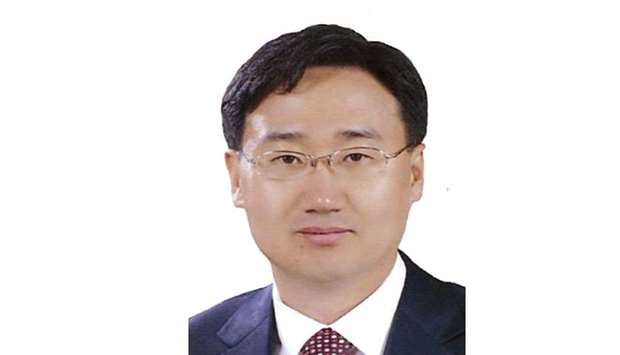The geopolitical landscape in the northeast Asia today can be explained by two stories: the competition between the US and China, and North Korea’s nuclear development.
The origin of the US-Sino strategic competition dates back to the era of Korean War. China’s intervention in the War resulted in the armistice agreement, and many people have claimed that the US and China respectively accepted the divided sphere of influence on the Southern and Northern part of the Korean Peninsula. Since then, the US and China have accumulated practices to make a compromise and not to cross a red line in major security issues. The US has recognised China’s special ties with the North and demanded China’s more active role to denuclearise the Korean peninsula.
The inauguration of President Trump forms a new momentum of the US-Sino relations. In his campaign trails, Trump as a presidential candidate vowed to take tougher measures on China’s unfair trade practices, which allegedly wreak havoc on the US economy. After the inauguration, the Trump Administration has put unprecedented pressures on China. The US has already imposed retaliatory tariffs on the Chinese steel products and sent repeated signals to use the ‘Secondary Boycott’ if China does not co-operate on the North Korea’s nuke issue. At the same time, the USTR initiated an investigation of China under Section 301 of the Trade Act of 1974. However, despite such actions, the Trump Administration’s pressure on China has been still limited. As one can be noticed on November 10th summit between Trump and Xi, the US pressure on China lacks substances that carry weights to change China’s policy attitude.
On the other hand, North Korea has made all out efforts to finalise its nuclear capabilities including hydrogen bomb and ICBM. However, more than 12 missile tests and one nuclear test of this year are not yet sufficient to prove that the regime has full nuclear capability to strike the US territory with its hydrogen nuclear weapon. The North’s attempt to prove its ICBM capability turned out as failure when the re-entry vehicle of Hwasung 14 had broken down to three pieces and burnt out. This means that the North cannot but to make another strategic provocation to test Hwasung 14 in an appropriate time for its regime.
To solve the North Korea’s nuclear challenges, the ROK government, Moon administration, makes sincere and prudent efforts. While the administration tries to build strong international sanction on North Korea, it also emphasises peaceful solution. Because of the disastrous result, which can be caused by armed conflict in the peninsula, the ROK government tries to persuade North Korea through bilateral talks. Therefore, president Moon suggested dialogues including military confidence build, family reunion… etc. Yet there is no positive response from the North.
In this regard, the co-operation between the US and China is important matter again. Since China’s coercive diplomacy is almost the only viable solution to the nuke crisis other than the military option, US has a high expectation of China’s role. In fact, the US and China have sustained a close co-ordination to solve the nuclear crisis. However, even if both countries have opposed to North Korea’s nuclear development, the level of economic sanctions each country prefers seems to be different. Fundamentally, China does not want to embrace the power vacuum and instability, which can be created by overthrowing Kim Jong-un regime. As a result, China has taken a relatively passive response to North Korea’s continuous and provocative nuclear challenges. This is why the Trump Administration has bold approach to China, simultaneously implying the Secondary Boycott and military options to change the strategic calculation of China.
There are two major issues in the US-China policy co-ordination to solve the nuclear problem. First is the future of Kim Jong-un regime. From the Chinese side, Kim Jong-un regime’s survival is a safer option. If a new regime governs the North Korea, its relationship with China is more likely to be uncertain. In the worst case, China might confront with the pro-Americanised Korean Peninsula. On the other hand, from the US point of view, the establishment of a new regime pursuing the liberal democracy will best serve its strategic interest. However, North Korea’s rapid nuclear capacity building makes the option of regime change less likely, and the two super powers must co-ordinate their own interests: survival of Kim’s regime and denuclearisation.
lDr Shin, Beomchul is a professor at the Korea National Diplomatic Academy. Dr Shin delivered his lecture at a roundtable discussion on “The Situation of The Korean Peninsula” from the Diplomatic Academy of the Ministry of Foreign Affairs, the Republic of Korea, in Doha on Monday. He shared his assessment on the recent situation in the Korean Peninsula, including North Korea’s stand and situation.
The discussion was attended by South Korean ambassador Heung-kyeong Park, embassy officials, diplomats and other dignitaries.

Dr Shin, Beomchul.
